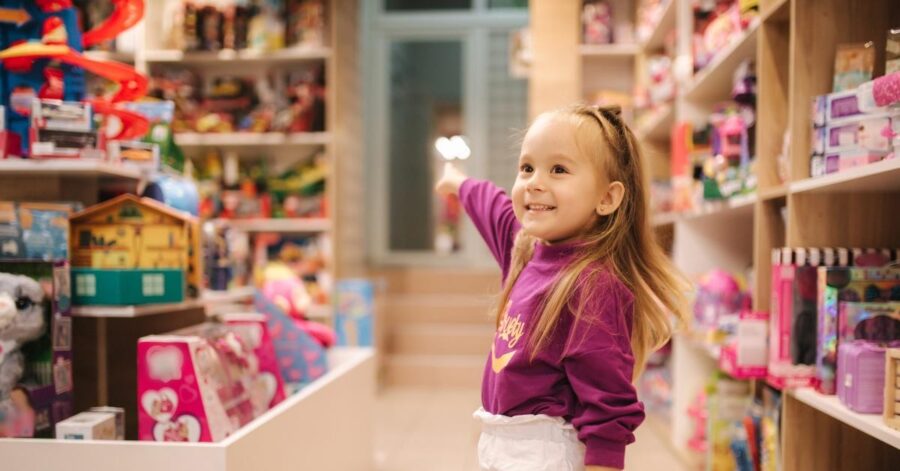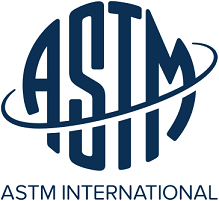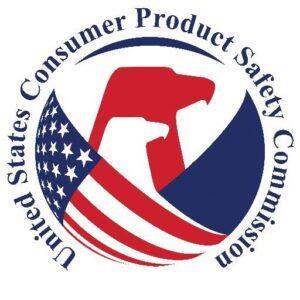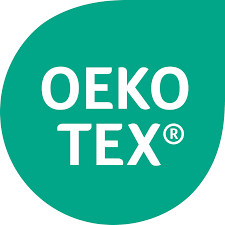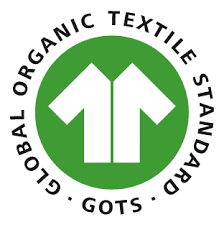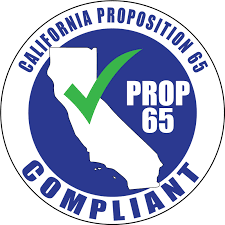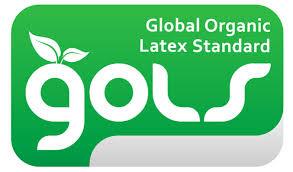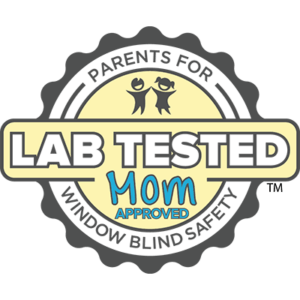Decode Safety Certifications Like a Pro: A Parent’s Ultimate Guide to Baby Product Labels That Matter
Whether you’re a first-timer or a seasoned pro, shopping for baby products can feel like stepping into a maze of certifications, labels, and seals. The good news? These certifications aren’t just random letters slapped onto packaging—they’re your best friend when it comes to ensuring your child’s safety, health, and comfort.
Understanding these certifications might feel overwhelming, but that’s why I’m here to help you navigate the world of safety labels with confidence. Let’s break them down in plain English so you can focus on what matters most: raising your tiny humans.
Why Safety Certifications Are a Big Deal
Safety certifications aren’t just optional stickers—they’re your reassurance that a product has been tested and meets specific safety, environmental, or health standards. While some labels can lean more toward marketing, others are rooted in rigorous testing and independent evaluation. Knowing the difference is key to making smart, informed decisions.
Breaking Down the Most Common Certifications
Here’s a look at the most important certifications you’ll encounter while shopping for your home and baby gear:
1. ASTM International (American Society for Testing and Materials)
- What it is: ASTM is an independent organization that develops safety standards for products ranging from toys to cribs and car seats.
- What it means for you: If a product is ASTM-compliant, it has been tested against strict safety guidelines for things like structural integrity, choking hazards, and toxic materials.
- Where you’ll see it: Baby gear like cribs, high chairs, strollers, and toys often tout ASTM compliance.
- Pro Tip: ASTM is considered a gold standard for safety because of its unbiased, independent testing process.
2. JPMA Certification (Juvenile Products Manufacturers Association)
- What it is: The JPMA certification is a manufacturer-driven program that verifies products meet ASTM and federal safety standards.
- What it means for you: While JPMA-certified products meet safety requirements, it’s important to note that this certification is overseen by manufacturers, which may introduce bias.
- Where you’ll see it: Strollers, cribs, and other baby equipment often bear the JPMA seal.
- Pro Tip: JPMA certification is valuable, but for added assurance, look for products that also meet independent standards like ASTM or CPSC.
3. CPSC Compliance (Consumer Product Safety Commission)
- What it is: The CPSC is a U.S. government agency responsible for protecting consumers from dangerous products.
- What it means for you: Products that comply with CPSC standards have been tested by labs for safety hazards such as lead, small parts, and flammability.
- Where you’ll see it: Toys, furniture, and household items for children.
- Pro Tip: Keep the CPSC Recalls App on your phone to stay updated on any product recalls—better safe than sorry!
- What it is: Oeko-Tex certifies textiles and fabrics to ensure they are free from harmful chemicals like formaldehyde and heavy metals.
- What it means for you: Products with this certification are safe for your baby’s sensitive skin and have been tested for over 100 harmful substances.
- Where you’ll see it: Baby clothes, bedding, and carriers.
- Pro Tip: Look for the “Standard 100 by Oeko-Tex” label for peace of mind with baby textiles.
5. GOTS (Global Organic Textile Standard)
- What it is: GOTS is the leading certification for organic textiles. It ensures that products are made with organic fibers and meet strict environmental and social criteria throughout the production process.
- What it means for you: GOTS-certified products are not only safer for your baby but also better for the planet.
- Where you’ll see it: Organic baby clothes, swaddles, and bedding.
- Pro Tip: Pair GOTS certification with Oeko-Tex for maximum safety and quality assurance.
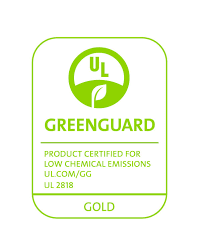
6. VOC-Specific Certifications (GREENGUARD and GREENGUARD Gold)
- What it is: GREENGUARD certifications indicate that a product has low levels of volatile organic compounds (VOCs), which can cause indoor air pollution.
- What it means for you: GREENGUARD Gold-certified products are even stricter and ensure minimal chemical emissions, making them safer for children and sensitive individuals.
- Where you’ll see it: Mattresses, furniture, and paints.
- Pro Tip: Prioritize GREENGUARD Gold for nurseries and playrooms to keep the air fresh and healthy.
- What it is: California’s Proposition 65 requires businesses to warn consumers about products that may expose them to harmful chemicals, including those linked to cancer or reproductive harm.
- What it means for you: Products with Prop 65 warnings may contain substances like lead or phthalates, but the label doesn’t always mean the product is unsafe—it’s just a heads-up.
- Where you’ll see it: Toys, furniture, and even electronics.
- Pro Tip: Use caution with products that carry a Prop 65 warning, but do your research to understand the actual risk.
8. GOLS (Global Organic Latex Standard)
- What it is: GOLS is a certification for organic latex products that ensures they contain at least 95% organic raw material and meet strict environmental and social criteria.
- What it means for you: Mattresses and pillows with GOLS certification are safer and free from harmful chemicals.
- Where you’ll see it: Organic crib mattresses and bedding.
- Pro Tip: Pair GOLS with GREENGUARD for the ultimate safe sleep setup.
9. Lab Tested, Mom Approved® PFWBS Seal of Approval
- What it is: This certification focuses specifically on window coverings, ensuring they’re designed to minimize the risk of cord-related accidents.
- What it means for you: Products bearing this seal are either cordless or have inaccessible cords, making them safe for children.
- Where you’ll see it: Blinds and shades.
- Pro Tip: Always opt for cordless window coverings for maximum safety.
Quick Tips for Busy Parents
We know life is hectic, so here’s a cheat sheet for tackling safety certifications like a pro:
- Look for independent certifications like ASTM, GREENGUARD, Lab Tested, Mom Approved® and GOTS for unbiased assurance.
- Be cautious with manufacturer-driven labels like JPMA—valuable, but not always as strict as independent ones.
- Use apps to stay informed, like the CPSC Recalls App or barcode-scanning tools like ShopSavvy to verify certifications on the go.
- When in doubt, prioritize materials that are organic, low in VOCs, and free from harmful chemicals.
Final Thoughts: Invest in Safety, Rest Easy
Safety certifications are more than just labels—they’re your assurance that the products you bring into your home are safe, reliable, and designed with your child’s well-being in mind. By understanding what each certification means, you can confidently shop for baby gear, knowing you’re making informed choices.
So go ahead—decode those labels, check those certifications, and build a nursery that’s as safe as it is adorable. You’ve got this, super-parent!

